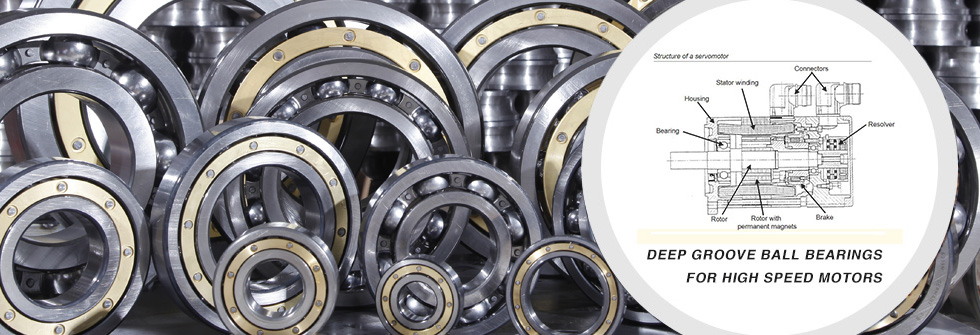BEARING DESIGN FOR ELECTRIC MOTORS
2015-07-07As the development of more efficient electric motors continues to keep pace with upcoming regulations,
it is important to ensure that all the components are engineered to the latest specifications, including the bearings. Engineering Manager for Nine Star, explains how bearing design is affecting electric motor performance and reliability.
Bearings in electric motors are designed to support the rotor and maintain a consistent air gap between the rotor and the stator as well as transferring the loads from the shaft to the motor frame. Selecting the correct bearing design ensures the design efficiency of the motor is maintained with minimal friction and power losses.
For a small electric motor, a bearing failure and any subsequent damage can put it beyond economical repair, so it is desirable to install high quality bearings that are designed to withstand the stresses of the environment. In larger applications, a bearing failure can cause considerable down-time, so matching the design to the application is crucial.
For example, if a motor designed for an in-line drive application is reassigned to a radial, belt drive application, the bearings are likely to be compromised and not perform as might be expected. In the original, specified application, the motor would be fitted with deep-groove ball bearings but these could be overloaded by the increased radial load from the drive belt.












